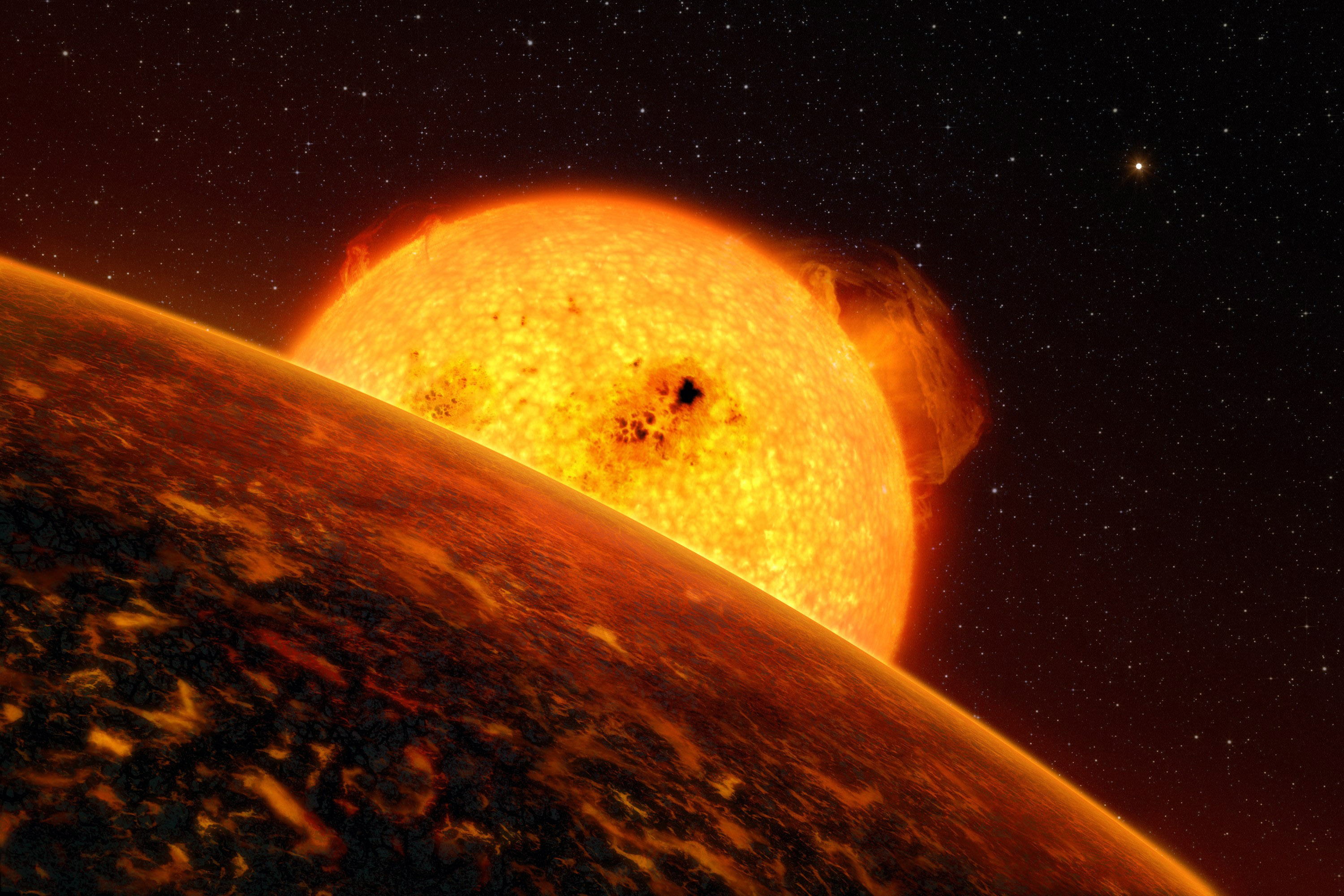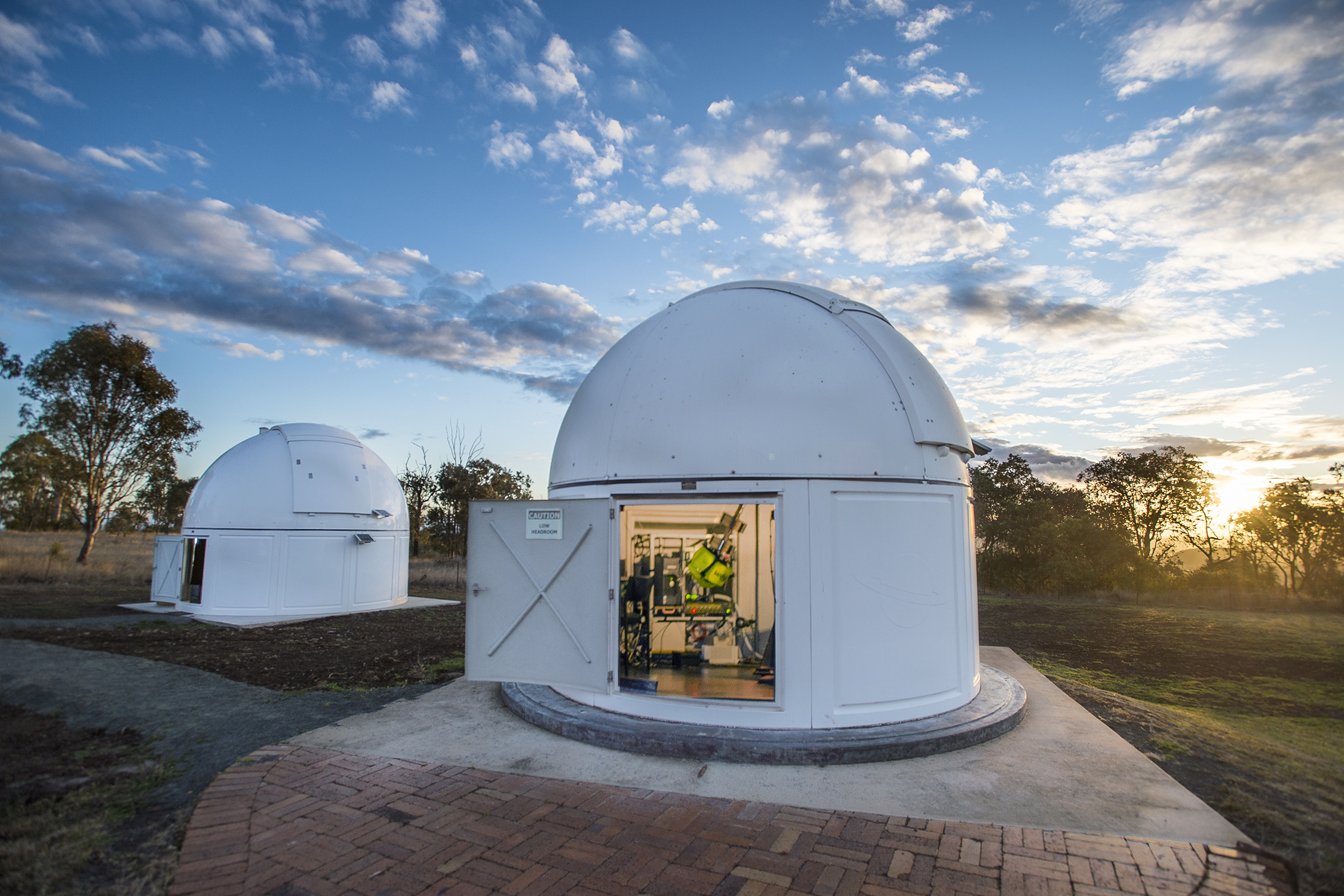Space science

Sponsored by

Searching for earth-like planets
For centuries, mankind has been fascinated with the night sky and the expanse laid out before them … are habitable planets beyond earth a possibility?
Over the last 50 years, the revolution in space sciences has progressed beyond our imagining. This relatively short history of modern scientific endeavour has resulted in man walking on the moon, the development of an international space station and exploratory spacecraft roving the surface of Mars and probing the depths of space.
USQ astrophysics researchers are helping to lead the search for, and characterisation of, new earth-like, and building the conceptual framework for understanding what it takes for a planet to be ‘habitable’. Critical to this search is USQ’s Mt Kent Observatory which is perfectly positioned on the eastern longitude in the Southern Hemisphere.

In conjunction with Northern-Hemisphere partners including the Harvard-Smithsonian Center for Astrophysics and University of Louisville, researchers in both hemispheres explore the sea of space in search of earth’s sister planet.
And with the upcoming expansion of our Mt Kent facility, USQ will play a critical role in the upcoming NASA space mission, Transiting Exoplanet Survey Satellite, set to discover thousands of exoplanets and nearby bright stars.
Closer to earth, USQ is collaborating with space agencies to assist in monitoring space debris.
It is estimated that there are currently more than 500,000 pieces of space debris orbiting the Earth. As more space debris accumulates, the potential for collision with travelling spacecraft or satellites increases. When travelling at speeds of 28,150 kilometres per hour (more than 10 times the speed of a bullet), that small piece of junk becomes a big problem. It’s travelling fast enough to damage a satellite, spacecraft or even the International Space Station.
It is envisaged that monitoring of space debris will enable the moving of satellites out of harm’s way.